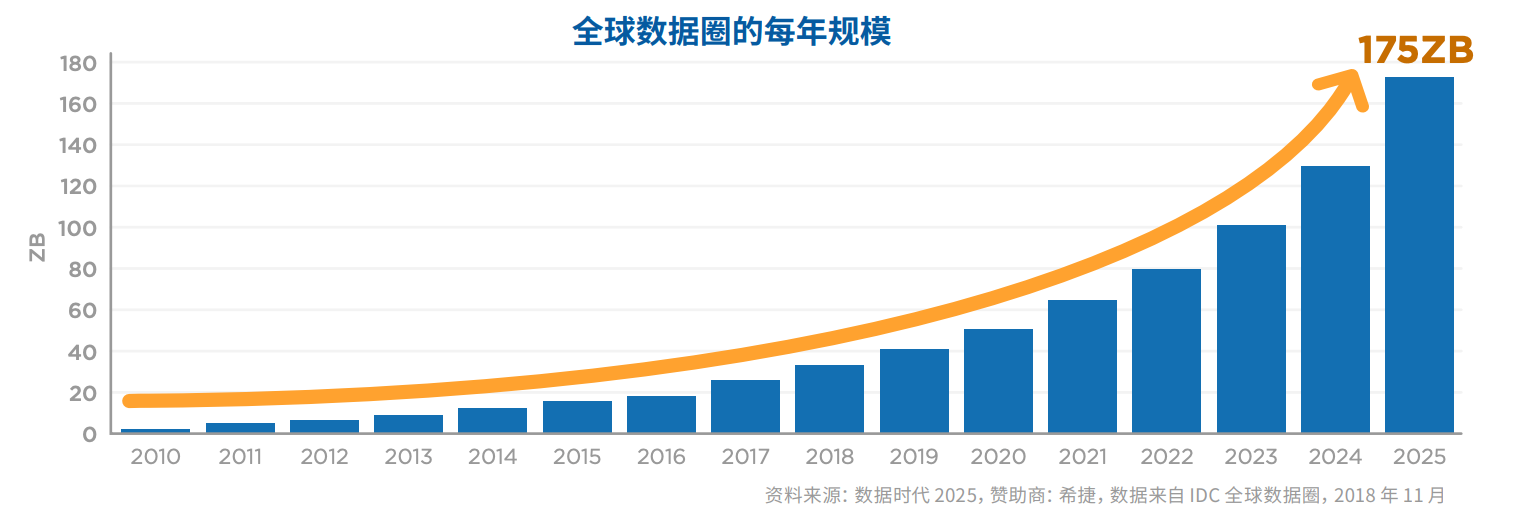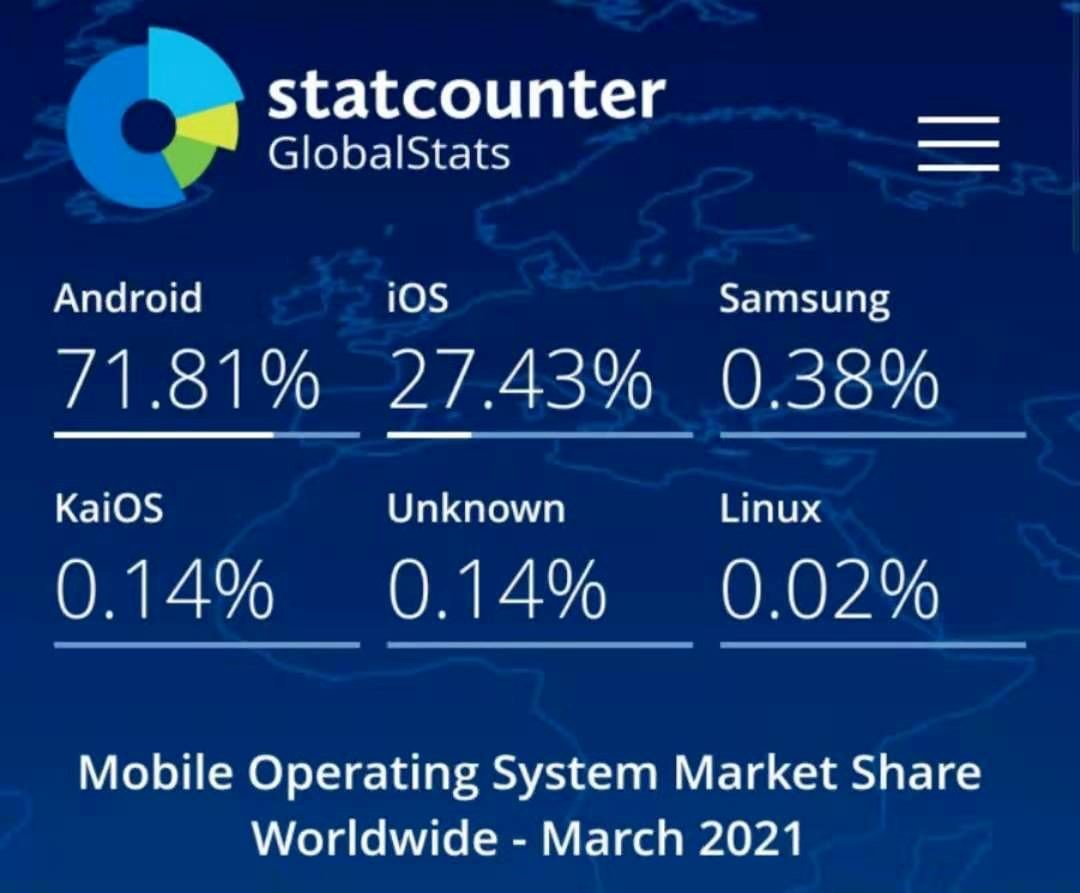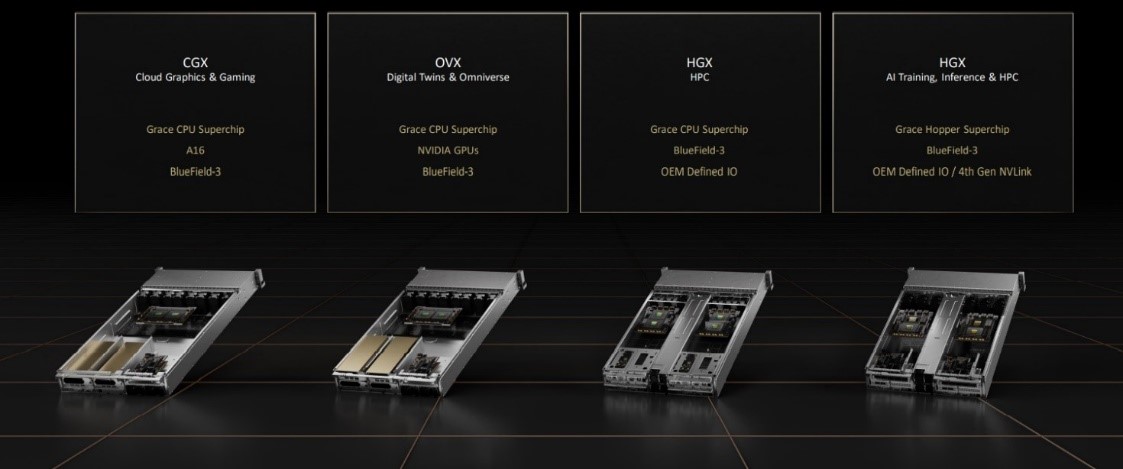With the advent of the cloud computing and mobile internet era, the global data volume is increasing exponentially. However, as a major energy consumer, countries around the world are making stringent requirements on data center energy consumption indicators. ARM architecture, with advantages such as high performance-to-cost ratio, low power consumption, open-source licensing model, and comprehensive and convenient supporting development tools, has begun to enter the field of cloud data centers.

In 2008, the Android operating system based on the ARM architecture was released. With its open-source nature and rich software ecosystem, it quickly captured the mobile operating system market. Data released by the globally renowned website traffic analysis tool StatCounter shows that as of 2020, Android had already captured 71% of the global mobile operating system market share. Benefiting from the explosive growth of the smartphone terminal device market, in 2016, Android surpassed Windows in the global operating system market share. The reasons why "ARM+Android" defeated Wintel in the mobile internet era are similar to when Wintel defeated PowerPC: higher cost-effectiveness, more openness, and an application ecosystem that better fits the larger market demand downstream.

The ARM architecture not only dominates the consumer electronics market but also starts to challenge the traditional dominance of x86 in the PC and server markets. Considering factors such as power consumption and cost-effectiveness, in 2020, Apple and Microsoft announced the release of PC products based on the ARM architecture. Companies like Amazon and Facebook have also been actively developing their own ARM-based server chips, using them in their large-scale data centers to replace traditional x86 chips.

IDC data shows that in the first half of 2020, the market share of new architecture servers represented by ARM (excluding Power architecture) reached 4.4%. In the third quarter of 2020, amid a 0.2% decline in global server shipments, servers based on ARM architecture experienced a significant growth of 430.5%.
